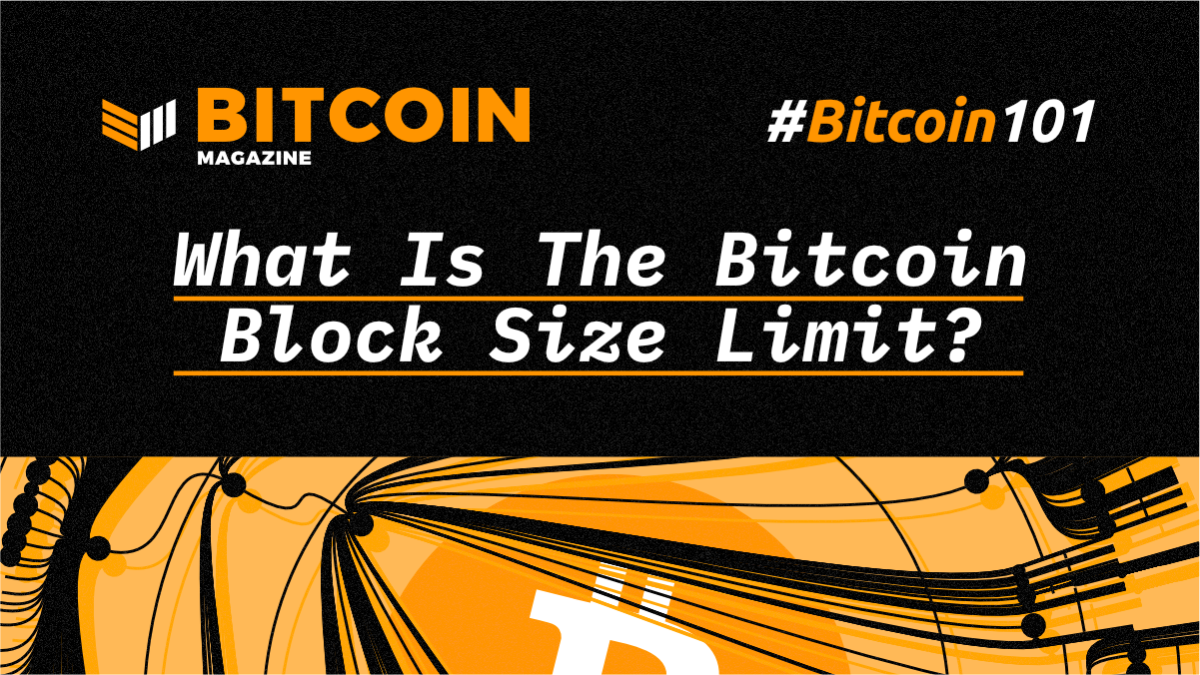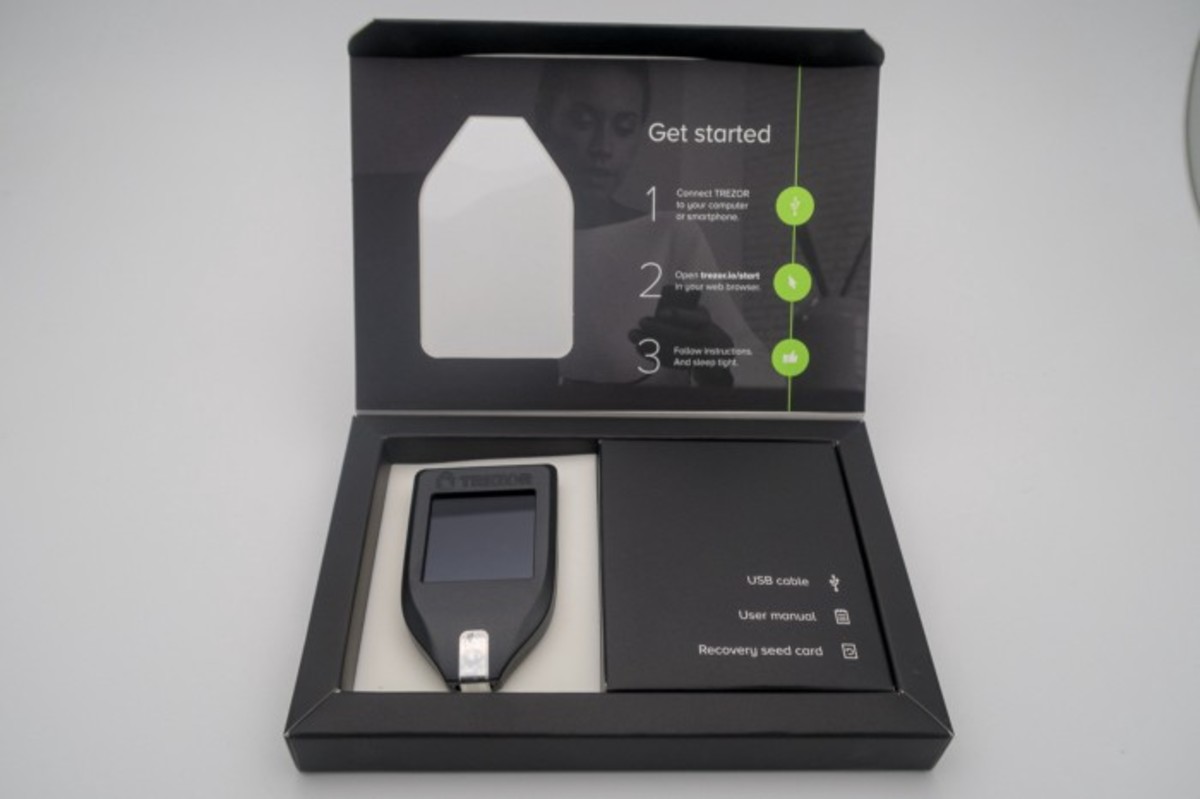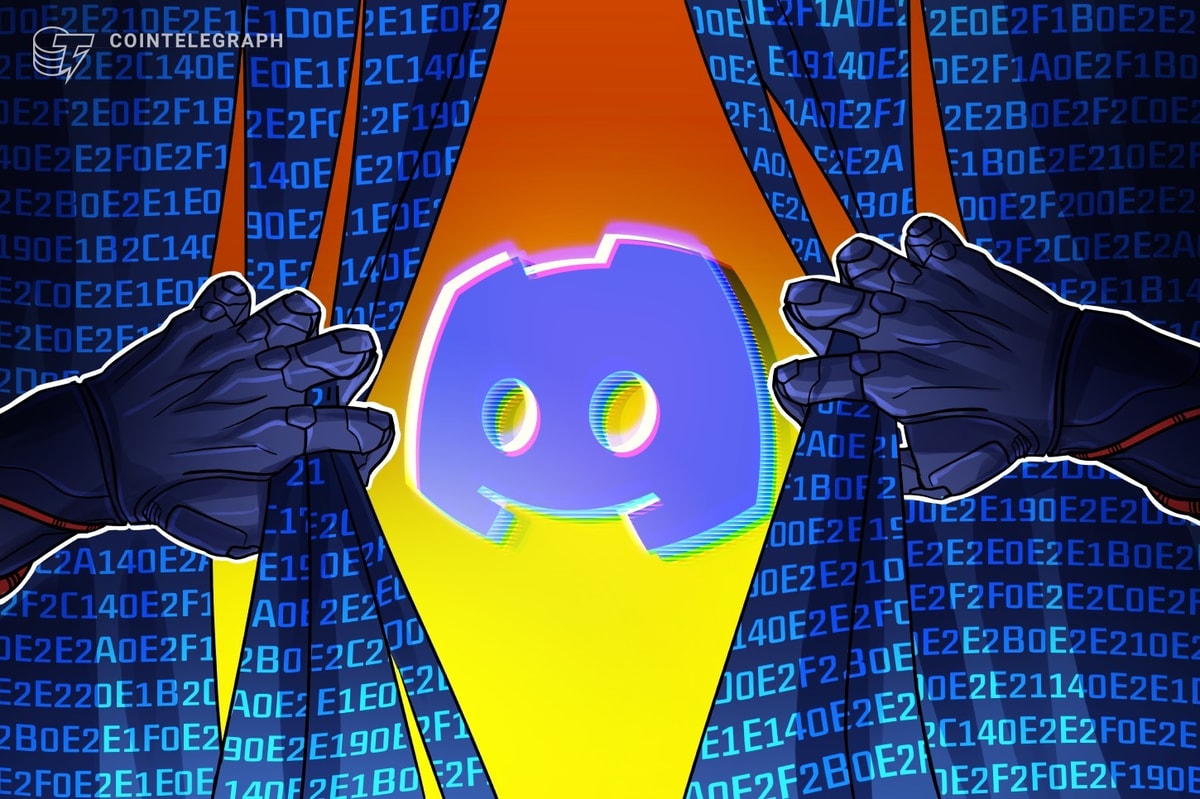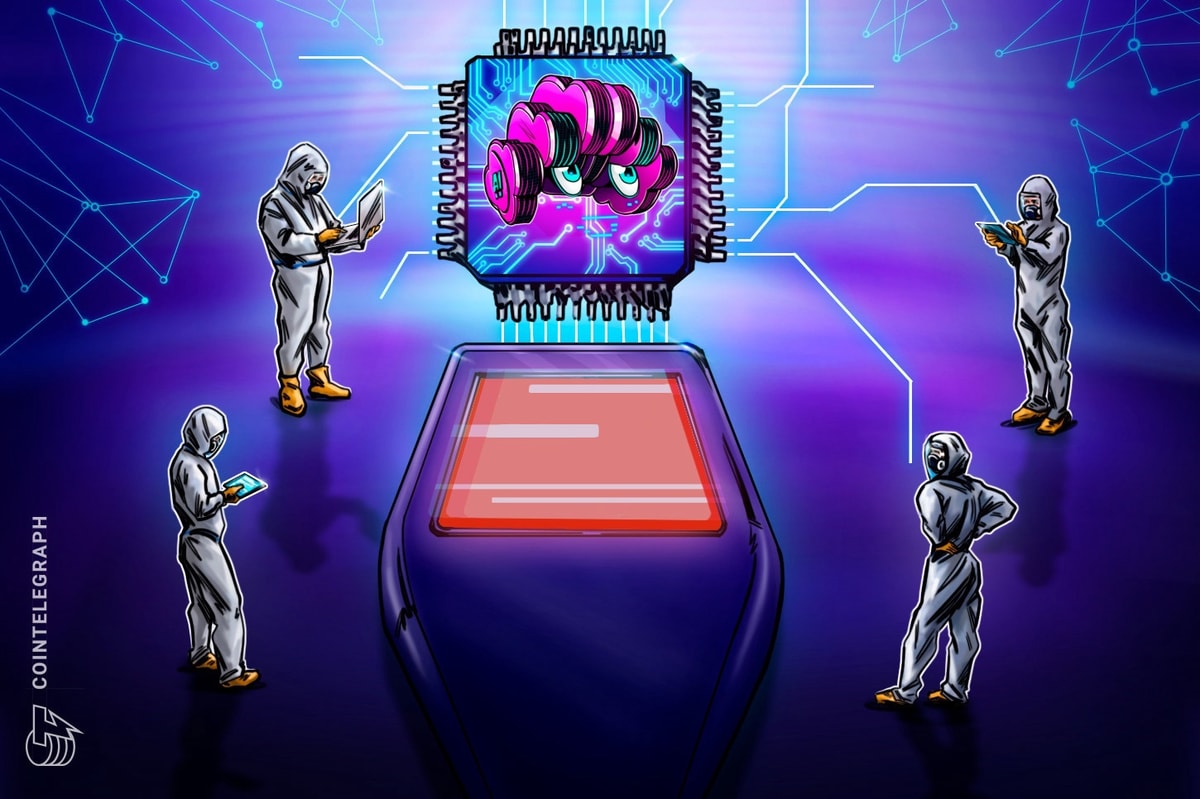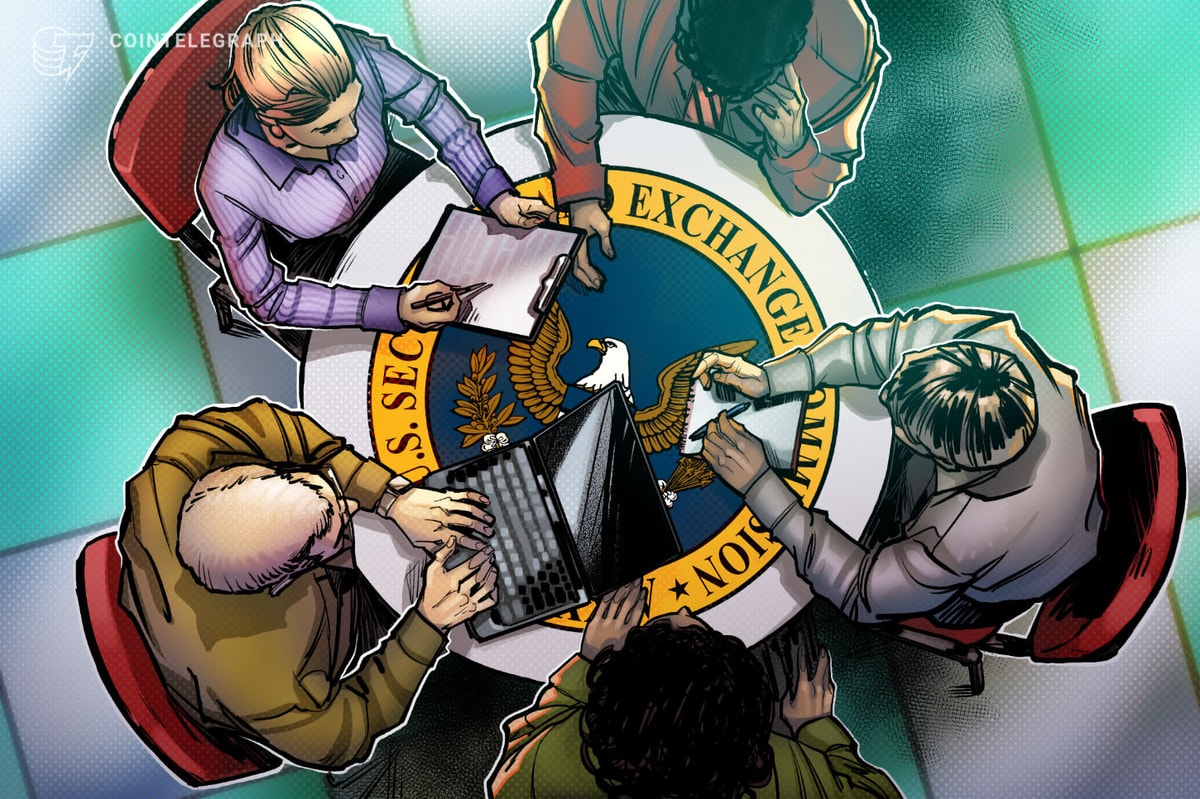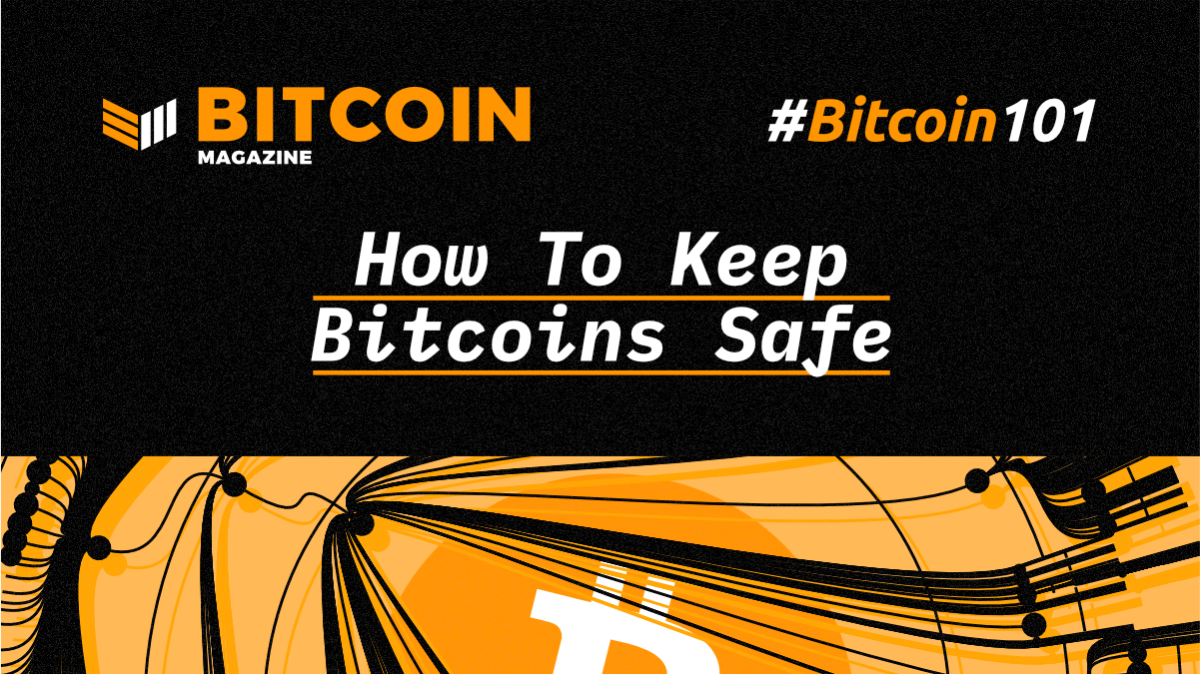
Bitcoin may seem confusing at first, but it doesn’t have to be. The important thing to remember is: Not your keys, not your bitcoin.
In order to truly own your bitcoin, you need to keep it in a wallet where you control the private keys, i.e., unique strings of numbers and letters associated with a specific bitcoin address.
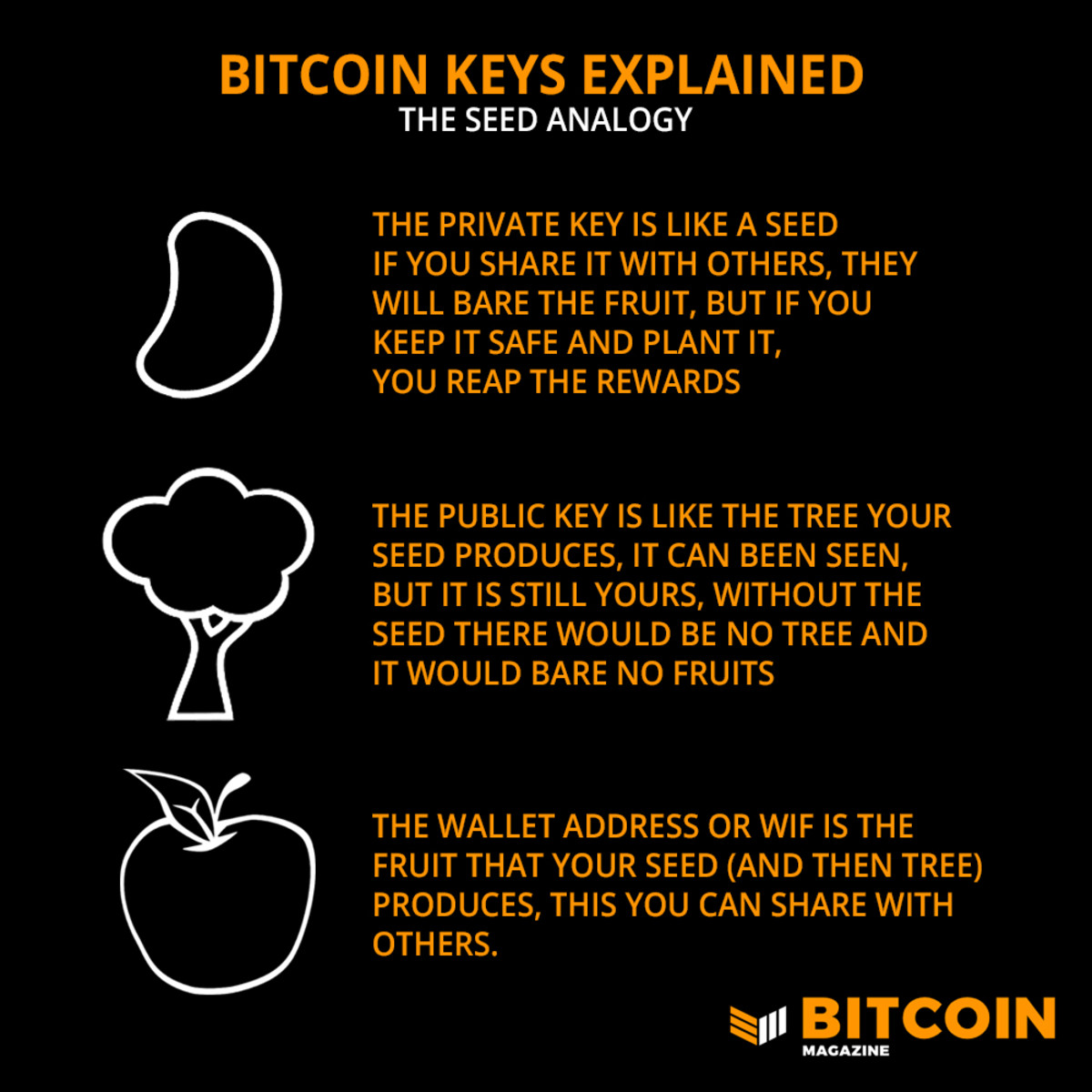
Remember: Not your keys, not your bitcoin.
Here’s how to do that with a Trezor Model T wallet, which is available in the Bitcoin Magazine Store:
1. Purchase your hardware wallet. The contents of your Trezor Model T’s box is relatively straightforward. You get your hardware wallet, the accompanying USB cable to connect it to your PC, a getting started guide, two seed recovery cards and a couple of stickers.
2. Connect your hardware wallet to your computer and install the related software. Connect your hardware wallet to your computer, using the USB cable, and go to the official Trezor website (www.trezor.io/start) to download and install the device’s software. Your device will automatically initialize and start updating to the latest software, and the Trezor Wallet will open on your computer.
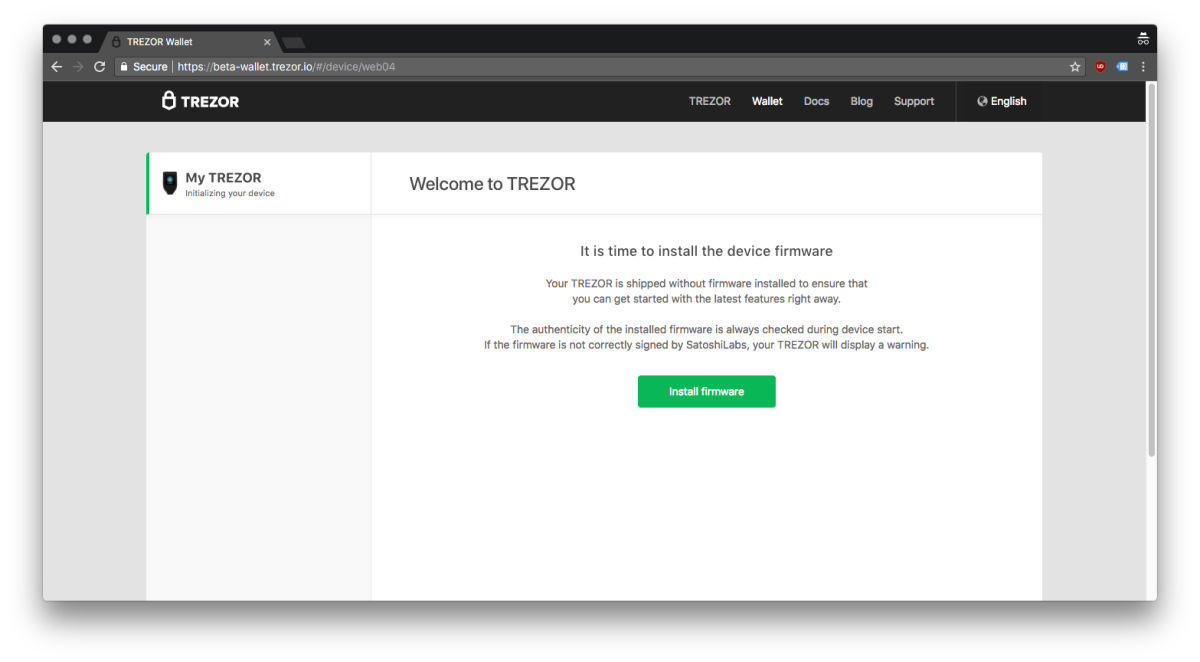
Make sure to keep the device plugged in the whole time.
3. Create a new wallet. On the welcome page, click on Create New Wallet. A new bitcoin wallet will be generated and a pop-up will give you the option to Continue To The Wallet.
4. Backup your seed/recovery phrase. Click on the prompt that pops up and your device will initialize, displaying your multi-word seed phrase. Write it down on one of the accompanying cards for safe keeping. After this step, the wallet will ask you to retype two of the words at random to ensure that they are correct. Ensure that this card is kept in a safe place, otherwise you risk losing your coins. Make sure to keep your hardware wallet connected throughout the whole process.
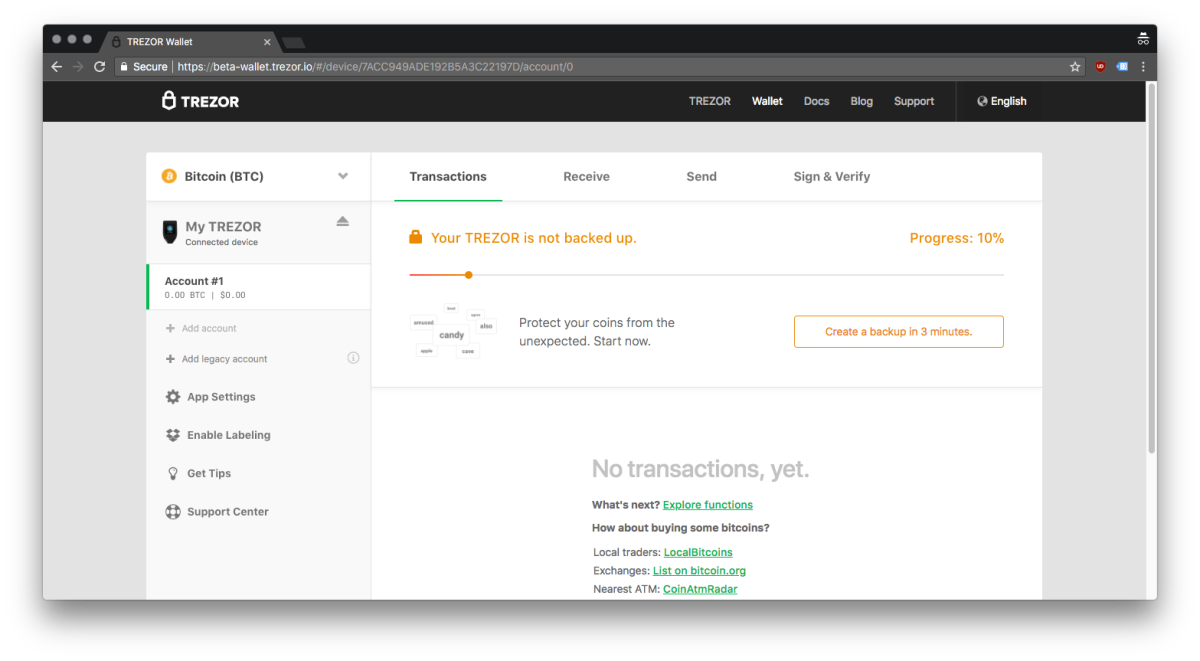
Protect these words and keep them in a safe place.
5. Set up a unique pin for your device. The device will prompt you to set up a pin number as an added security measure. This is a number between four and nine digits long, with a longer pin being the ideal option to pursue here. Avoid things like birthdays of you or your loved ones, ‘1234’ or anything else that may be easy to guess by strangers.
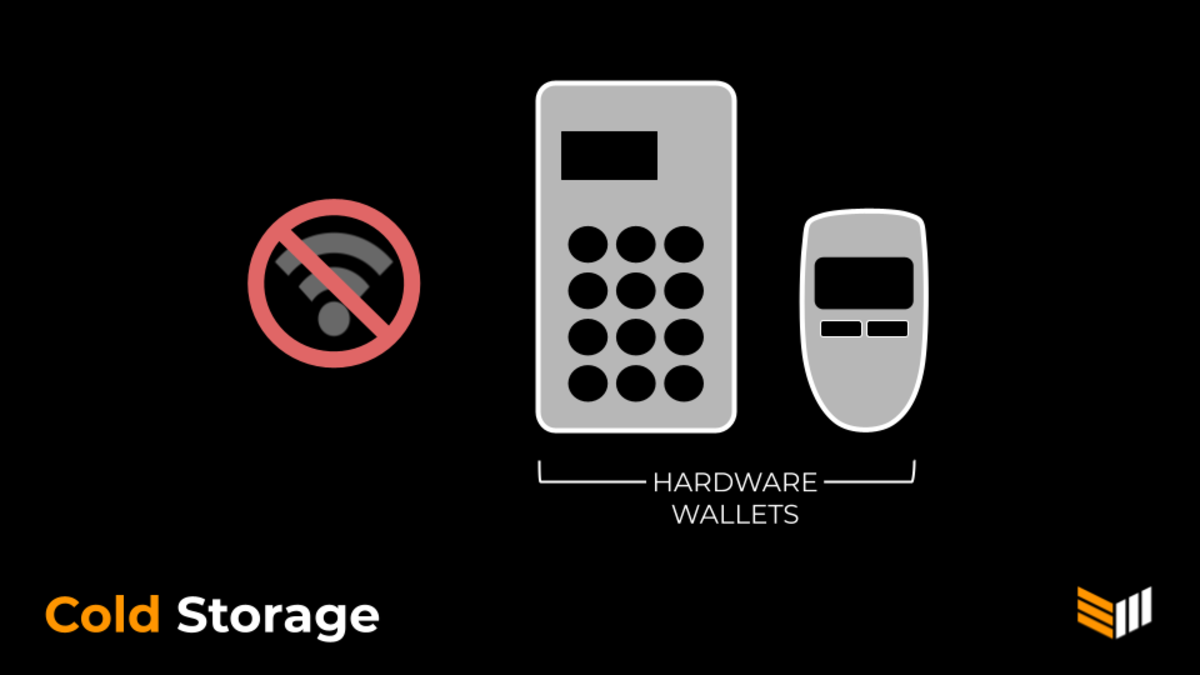
Hardware wallets are called "cold storage" because they're not always connected to the internet.
6. Explore your new bitcoin wallet! On the wallet page, click on ‘Receive’ and an alphanumeric string of digits will be displayed; this is your first bitcoin address. Make sure to note which letters are uppercase and which are lowercase. Now you’re ready to save bitcoin for years to come. (Sometimes an address is also referred to as a public key, although technically the address is derived from a combination of the public key and some meta data. More details on that below.)
What’s the difference between private and public keys for a bitcoin wallet?
Bitcoin is classified as a cryptocurrency, meaning that it is cryptographically secured and would take all the computers in the world millions of years to crack. The private keys are generated by the seed words we reference above, which can also be used to recover your bitcoin if you ever lose this hardware wallet. (The private keys themselves are more complicated alphanumeric strings, but they can usually be derived from 12 or 24 words. It’s very important to put these words in the correct order, or they won’t work to generate your private keys.) As the name suggests, this is comparable to a password and should be kept private.
On the other hand, your bitcoin addresses (most wallet apps and hardware devices generate multiple addresses) can be seen as the “usernames” for your bitcoin wallet. It doesn’t necessarily have to be kept private, but it’s advisable to do so. Only share it with someone who is sending you bitcoin.
The private key and public key are used to create your wallet address, the identifier referenced above in the sixth step. Always make sure to double-check your address. If you use the wrong capitalization or a small typo, then you won’t receive the bitcoin. Protecting your private key is the most important part of using bitcoin. Now you’ve got it!
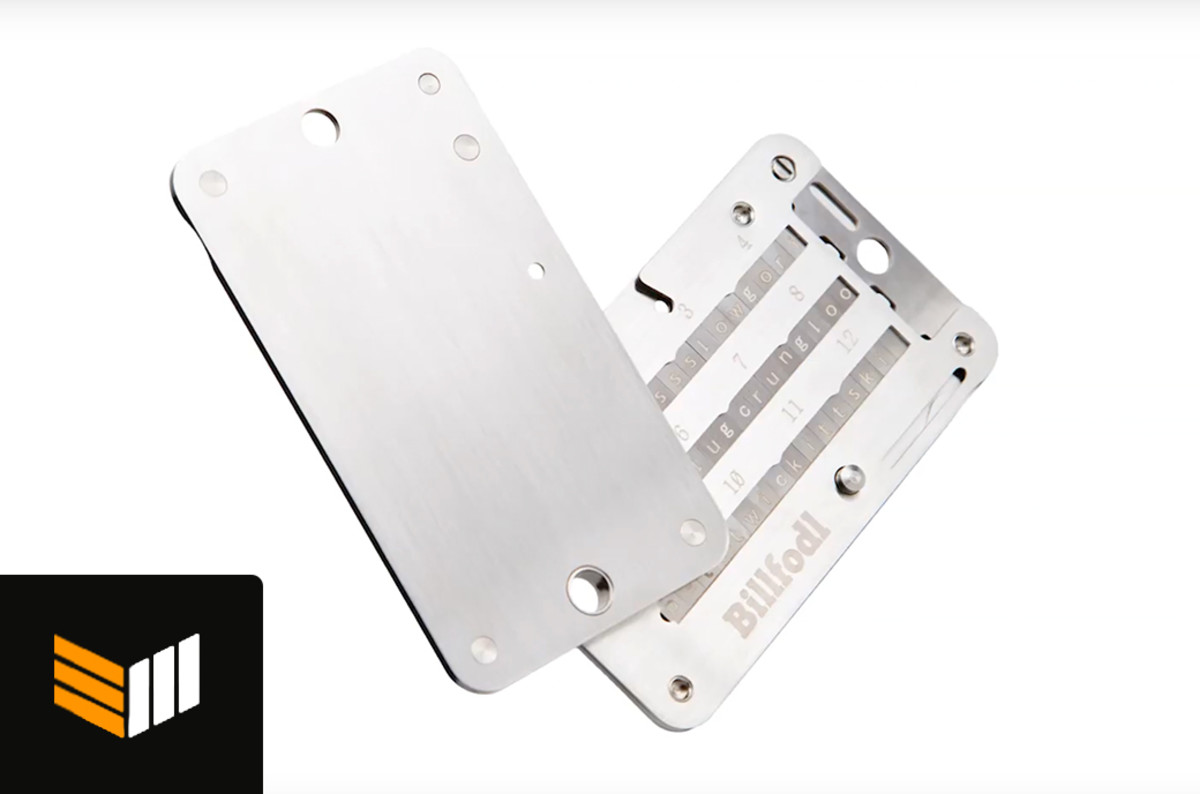
The Billfodl Multishard is a two-of-three stainless steel recovery seed storage device that allows you to split your seed into three shards.
And, if you want to store your private keys using metal, instead of a paper notebook, we have all the gadgets you need in the Bitcoin Magazine store.
Welcome to the future of digital money!


